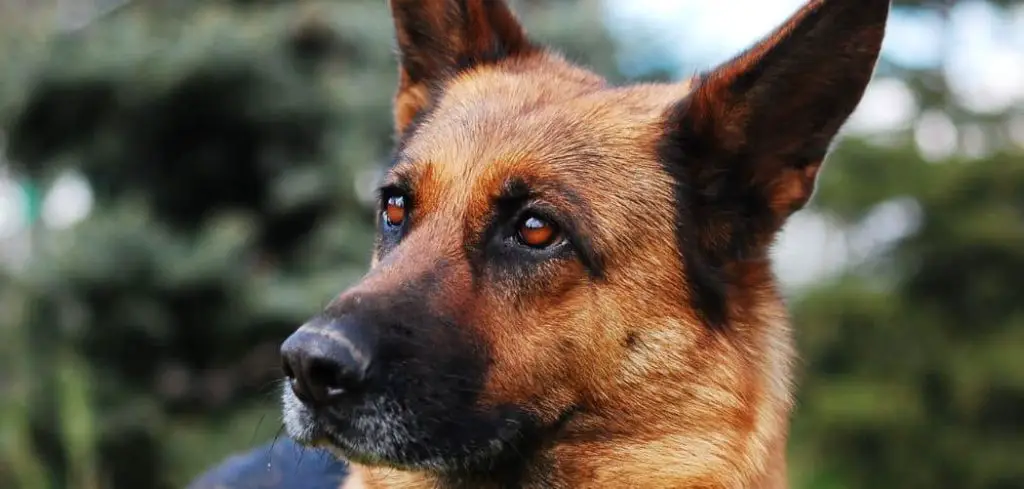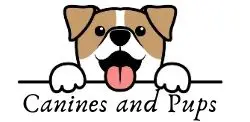If your dog is not eating and drinking, it can be a deeply concerning situation for any pet parent.
Unlike occasional picky eating or skipping a single meal, a dog not eating and drinking for extended periods may point to a more serious underlying issue.
We outline the causes behind a dog not eating and drinking, associated symptoms to look out for, what you can do at home, and when it’s time to seek veterinary help.
Table of Contents
Dog Not Eating and Drinking: What It Means
If your dog is not eating and drinking, it may indicate a serious underlying health issue that requires prompt attention. Loss of appetite and refusal to drink water are not normal behaviors in dogs and can quickly lead to dehydration, weakness, and further complications.
These symptoms could be caused by conditions such as gastrointestinal upset, dental pain, infections, kidney disease, stress, or even poisoning.
In some cases, recent vaccinations, a change in environment, or side effects of medication may also contribute to your dog’s refusal to eat or drink.

A dog not eating and drinking may also show additional signs like:
Lethargy or weakness
Vomiting or diarrhea
Sunken eyes
Dry nose and gums
Weight loss
Bad breath
Hiding or unusual behavior
Common Causes of a Dog Not Eating and Drinking
1. Illness or Underlying Health Issues
One of the most common reasons for a dog not eating or drinking is illness.
Just like humans, dogs tend to lose their appetite when they’re unwell.
Health conditions that cause these symptoms include:
Kidney or liver disease
Pancreatitis
Gastrointestinal infections
Cancer
Dental issues like abscesses or broken teeth
These conditions often affect a dog’s ability to digest food properly or make them nauseous, leading to food and water avoidance.
A dog refusing food and water due to illness may also become lethargic, vomit, or show signs of pain.
Related: Dog diarrhea and not eating (Explained)
2. Pain or Discomfort
A dog not eating and drinking water might be dealing with internal pain.
Pain in the mouth, throat, abdomen, or other parts of the body can make eating or swallowing uncomfortable. Common sources of pain include:
Dental problems
Injuries or fractures
Infections
Arthritis in senior dogs
You may notice your dog drooling, pawing at their mouth, or whining when they try to eat.
3. Upset Stomach or Nausea
An upset stomach is a leading cause of a dog not eating or drinking for a day or two.
Dogs who feel nauseated will often avoid both food and water.
Causes include:
Eating spoiled food or trash
Sudden changes in diet
Ingesting toxins or foreign objects
Nausea may also lead to vomiting, which makes dehydration even more likely.
If your dog is not eating and drinking and throwing up, it’s time to call your vet.
Related: Dog not eating and sleeping a lot (Explained)
4. Stress or Anxiety
Just like humans, dogs experience stress, which can lead to a loss of appetite and refusal to drink.
A dog not eating or drinking water due to stress may also show signs like:
Hiding
Whining or barking excessively
Shaking
Licking lips or pacing
Common triggers for stress include:
Moving to a new home
A new baby or pet in the house
Loud noises (fireworks, thunderstorms)
Separation anxiety
Stress-induced anorexia in dogs can last for several days if not addressed.
5. Environmental Changes
Sudden changes in a dog’s environment or routine can affect their behavior around food and water.
A dog refusing to eat or drink might just need time to adjust, especially if:
You’ve just moved homes
Changed the brand or type of food
Introduced a new feeding location
Are using unfamiliar water or bowls
Sometimes even a different smell or texture in their food can throw them off, especially for picky eaters.
6. Vaccination or Medication Side Effects
If your dog stopped eating and drinking shortly after receiving vaccinations or starting a new medication, it may be a side effect.
Common drugs that cause appetite loss or nausea include:
Antibiotics
Anti-inflammatories
Chemotherapy agents
In many cases, side effects wear off after a day or two. However, continued symptoms require veterinary consultation.
Related: Dog not eating and sick? (Explained)
7. Old Age and Cognitive Decline
Older dogs may show a gradual loss of interest in food and water due to aging or conditions like canine cognitive dysfunction (similar to dementia in humans).
A senior dog not eating or drinking might also forget where their bowl is or lose the ability to recognize hunger or thirst cues.
If your older dog is showing signs like confusion, pacing, or accidents in the house along with reduced appetite, it could be cognitive decline.
What to Do If Your Dog Is Not Eating and Drinking
If your dog is not eating or drinking for 24 hours or more, especially with other symptoms, do not ignore it. Here are steps you can take:
1. Assess Their Environment
Has anything changed recently? New food, bowls, or stressors?
Make sure their food and water are fresh and easily accessible.
Try offering bland food like boiled chicken and rice.
2. Monitor for Other Symptoms
Are they vomiting, lethargic, or showing pain?
Check their gums. Pale, dry gums can indicate dehydration.
Gently press on their abdomen to see if they react with pain.
3. Encourage Hydration
Offer ice cubes or ice chips
Use unsalted chicken broth to encourage drinking
Add water to their kibble or switch to wet food temporarily
Hydration is more critical than food in the short term.
A dog not eating or drinking and sleeping a lot may be rapidly approaching a dangerous level of dehydration.
When to See a Vet
You should contact your veterinarian if your dog hasn’t eaten or drunk anything for more than 24 hours, or immediately if they show:
Severe vomiting or diarrhea
Blood in stool or vomit
Signs of dehydration (dry nose, sunken eyes, loss of skin elasticity)
Lethargy or collapse
Sudden weight loss
These can be signs of serious underlying conditions like organ failure, poisoning, or severe infections.
Puppies, senior dogs, or those with chronic illnesses are particularly at risk and should be evaluated sooner.
Preventing Appetite and Hydration Issues in Dogs
To help avoid future instances of your dog not eating and drinking, follow these preventative tips:
Stick to a consistent feeding schedule
Avoid sudden food changes—introduce new diets gradually
Keep food and water bowls clean and accessible
Minimize stress and provide a safe, calm environment
Regular veterinary checkups to catch health issues early
Monitor for changes in behavior or bathroom habits
Key Takeaway
A dog not eating and drinking could be facing anything from temporary digestive upset to a serious medical condition.
Whether caused by illness, stress, pain, or environmental changes, it’s crucial to address the issue early.
While occasional missed meals may not be serious, a dog refusing food and water for more than 24 hours, especially with additional symptoms, should be seen by a veterinarian as soon as possible.
By identifying the underlying cause and acting promptly, you can help your furry friend recover and stay healthy for years to come.
